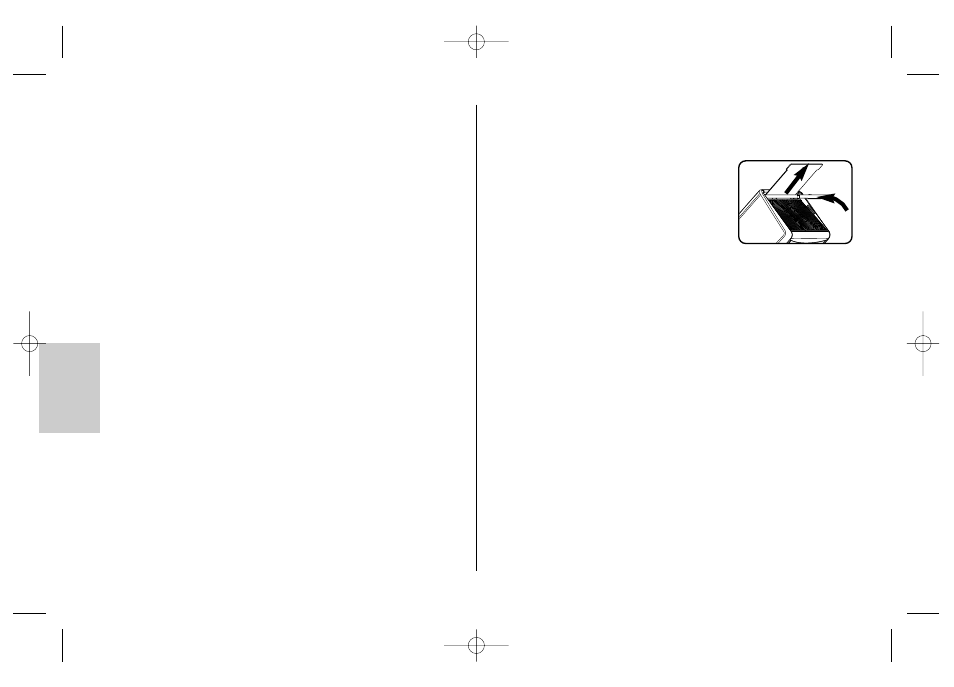Metz MECABLITZ 50 AF-1 digital Olympus User Manual
Page 98

98
ķ
10 Flash techniques
10.1 Bounce flash
Bounce flash illuminates the subject more softly and reduces dense shadows. It
also reduces the drop in light from foreground to background that occurs for
physical reasons.
The main reflector
ቫ of the flash unit can be swivelled horizontally and tilted
vertically for bounce flash. To do this, depress the reflector unlocking button
ቧ
and tilt the reflector
ቫ. To avoid colour cast in your shots, the reflective surface
should be colour-neutral or white.
The main reflector is not locked in place in any swivelled positions other
than 0°.
When tilting the main reflector
ቫ vertically, make sure that it is turned
through an angle that is wide enough to prevent direct light from falling
on the subject. For this reason the reflector should be tilted at least as far
as the 60° lock-in position. Flash ranges do not appear on the display
when the main reflector is turned! When the reflector head is tilted, the
main reflector is moved to a position of greater/equal 70 mm in order to
prevent the subject from being additionally illuminated by dispersed
light. The range and position of the main reflector is not displayed.
☞
☞
10.2 Bounce flash with a reflector card
The use of bounce flash with the integrated reflector card
ቨ can bring out high-
lights in the eyes of human subjects:
• Tilt the reflector head upwards by 90°.
• Pull the reflector card
ቨ together with the wide-
angle diffuser from above out of the reflector head
and forwards.
• Hold the reflector card
ቨ and push the wide-angle
diffuser
ቩ back into the reflector head.
10.3 Close-ups / macro shots
In close-ups and macro shots, parallax error between the flash unit and lens
may result in shadows on the lower edge of the image. To compensate for this,
the main reflector
ቫ can be tilted downwards by an angle of -7°. To do this,
depress the reflector unlocking button
ቧ and tilt the reflector downward.
Certain minimum lighting distances must be maintained for close-up shots to
avoid over-exposure.
The minimum lighting distance is approximately 10% of the maximum
flash range indicated in the display. When the reflector head is tilted
downwards, the maximum flash range flashes as an indication. For
close-up shots, make sure that the flash light is not shaded by the lens!
☞
709 47 0183.A3 50AF-1 Oly 17.12.2010 13:16 Uhr Seite 98
